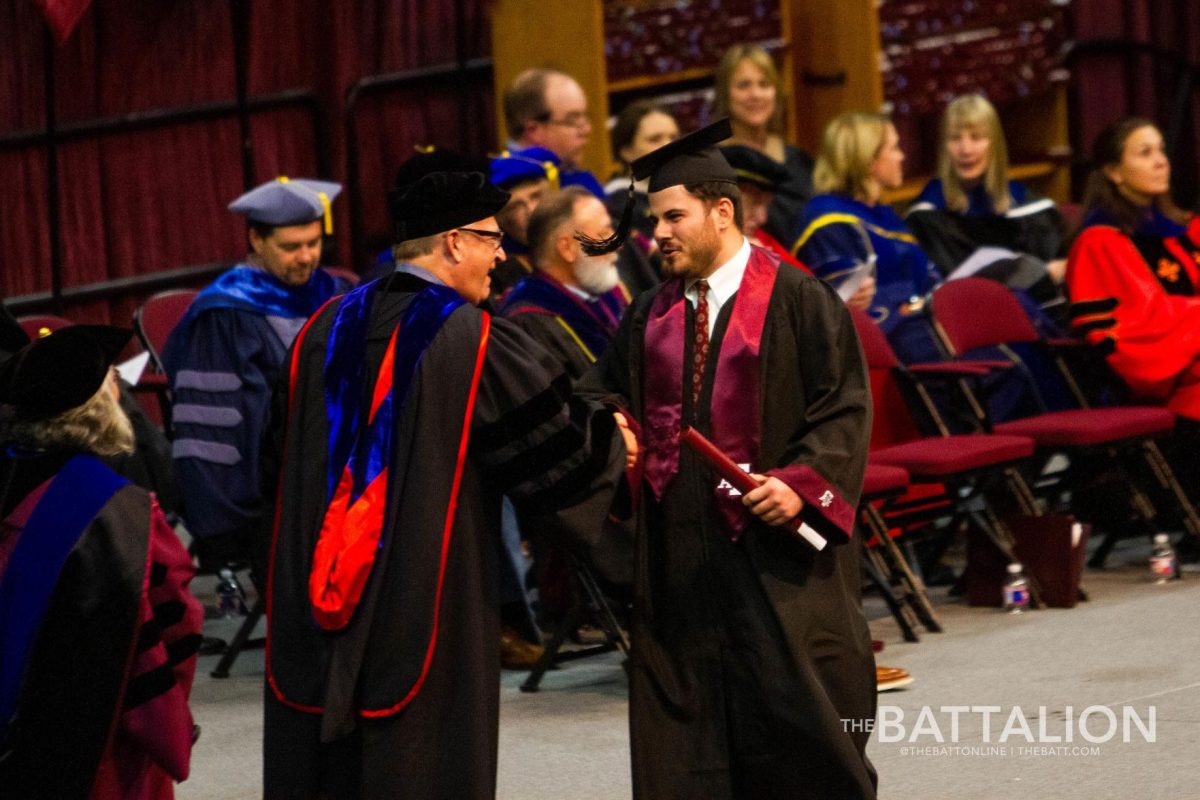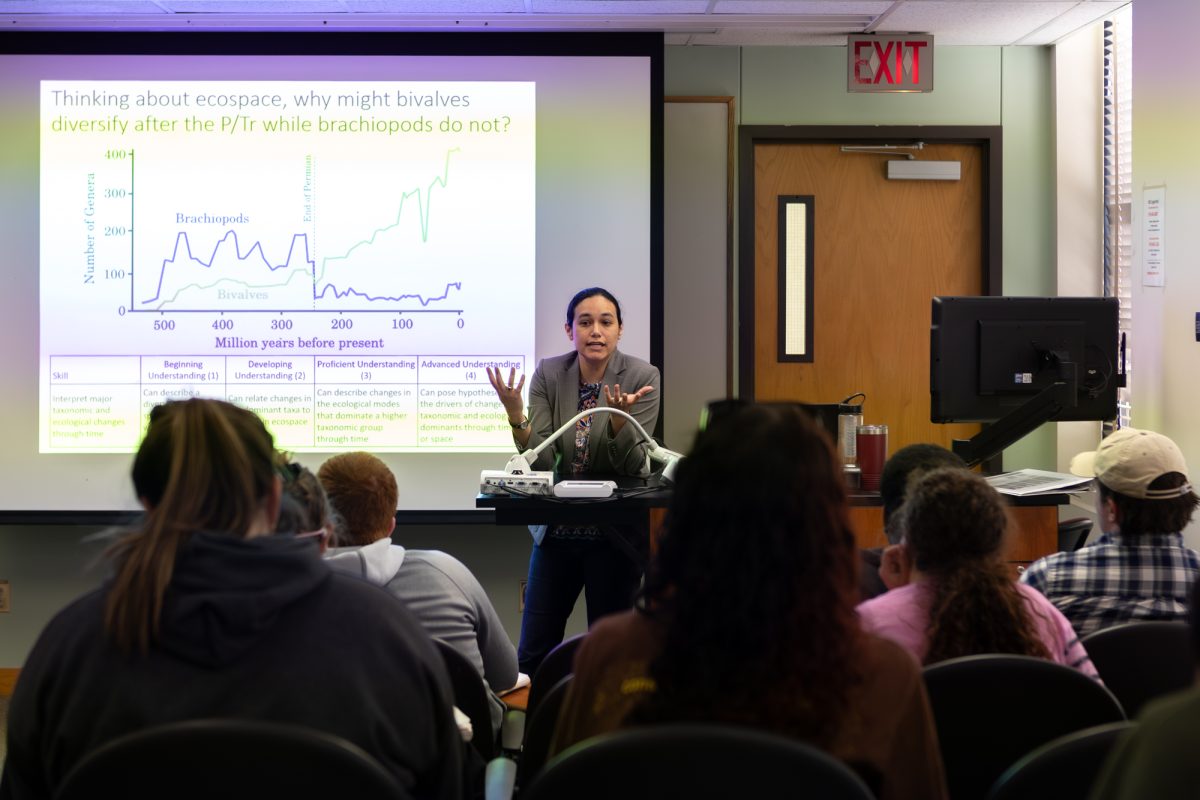I’ve got a little story for ya, Ags. A few semesters ago I took a course — which, for the protection of both the professor and yours truly, will remain unnamed — that was completely online. Though it wasn’t asynchronous, there were no Zoom lectures or recorded lectures. The grading system was fully automated, and though the professor made herself available for a whole hour per week — for a thousand-person class, mind you — she was repeatedly unable to answer questions.
That same semester, I took a 28-student in-person English course. The professor was knowledgeable and present three days a week for our scheduled lecture. Assignments were graded by the professor, by hand.
Now, I want you to guess the price difference between these two courses.
Here’s a fun factoid that may surprise you, Ags: those classes were the same price.
As a student at a university as esteemed as Texas A&M, I expect more from my (considerable) tuition payments.
“But, oh,” you might be saying, “A&M is continuously growing! We need money for new buildings and maintenance of old ones.”
Ignoring the existence of our countless donors and generous alum, allow me to refer you to Student Business Services’ website, to a fun little tab called Billing & Fee Explanations. On this page, you can view the veritable laundry list of fees tacked onto each student’s tuition charges per semester. These include, to name a few, the Health Center fee, the Student Recreation Center fee and, most expensively, the University Advancement fee.
The latter, I will note, is the only one on the whole menu without a listed price. I had to track it down from my personal tuition statement: $1,665 per semester. The fee’s description claims that the money “funds services such as advising, the Career Center, Writing Center, technology and libraries as well as … ID services, the campus bus system, billing and refunds, access for students to discounted software and many of the services provided through the Division of Student Affairs.”
So, this crosses campus improvement off of the list of things tuition might cover. And “might” is as close as we can get — there’s no definitive explanation of what tuition includes on A&M’s website.
Though I reached out to the university regarding this question, I received no response before this article had to be published.
Since we’re getting no info from our own university, let’s see what other universities use their tuition for.
At California State University, tuition is responsible mainly for salaries and benefits for professors and staff, as well as some student financial aid and various other supplies and services. This seems to be the trend across the nation.
Generally, tuition covers all expenditures relating to professors and staff — both wages and benefits — as well as covering some taxes, maintenance and creation of campus facilities, and a variety of other educational expenses.
Sure. That all makes sense.
Except, it’s different here at A&M. Remember that laundry list of fees? Most of those costs are covered under those.
What’s left? Professor wages, and maybe upkeep of property.
So, we solved the tuition mystery. Hoorah!
Yes, yes, hoorah … except that my original question still stands. Why were those two courses the same price?
Given our newfound information, there are two possible reasons tuition remained fixed between the different classes either:
1) the professor was being paid the same amount as for a standard course, or
2) the university needs more moolah for lawn mowers and leaf blowers.
I find issues with both of these explanations.
We’ll start with the second one, because it’s the least distasteful of the two.
This was a 1000-person online course. It was, if you’ll allow the repetition, online. There was no physical building needing to be upkept as a result of the class. And you know damn well they’re not rolling that money over into upkeep of other buildings — one step into Blocker will assure you of that.
So that leaves the first option: no change in professor wages.
The professor I had should not be paid equally to an in-person professor for a course such as that. To be frank, the prof didn’t even need to be there. Everything, and I mean everything, was automated.
If that professor was paid equally, it’s an insult to every in-person professor I’ve ever had. It’s an excuse to be lazy at the job, and an encouragement to rely more heavily on automated grading and distance learning.
That is not what we need.
If anything, we should be encouraging professors that go above and beyond in their roles. The ones who stay late after class to answer student questions. The ones who will schedule a one-on-one meeting with a student if they can’t make it to office hours.
So, Ags, let me ask you a question.
You know that money you send in to Big Aggie so you can attend this university? The thousands upon thousands of dollars funneled into tuition, fees, room, board and everything in between?
Do you know what it’s really being used for?
It’s time we got an answer to that question.
Charis Adkins is an English sophomore and opinion columnist for The Battalion.




























